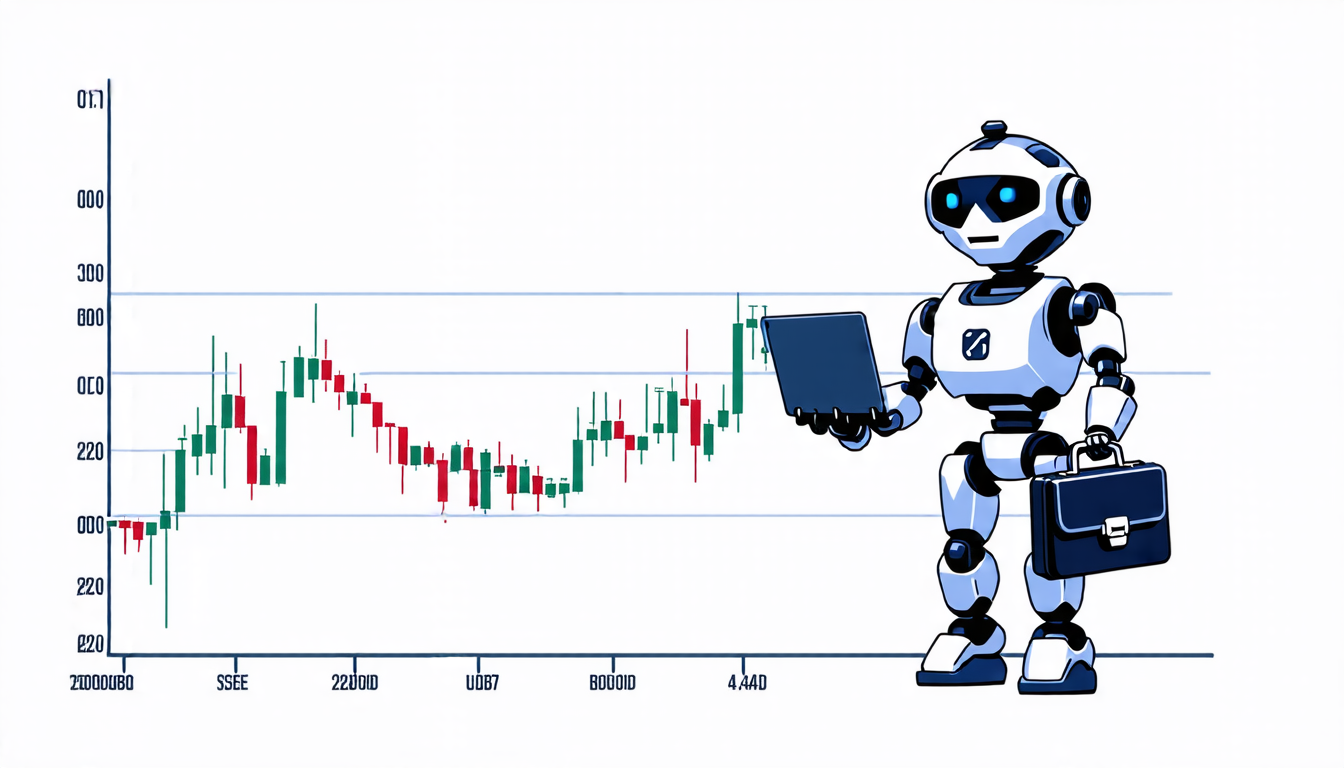Sunday 06 April 2025
The quest for optimal trade execution has long been a holy grail of finance, with traders and investors constantly seeking ways to minimize losses and maximize profits. In recent years, machine learning has emerged as a key player in this game, with algorithms being trained on vast amounts of data to predict market trends and make informed decisions.
But what about the actual act of trading? The process of buying and selling securities is fraught with complexity, from navigating fragmented markets to managing risk and executing trades efficiently. It’s an area where machine learning can really shine, by developing intelligent systems that can adapt to changing market conditions and optimize trade execution in real-time.
A new paper published in the journal Mathematical Finance has made significant strides in this direction, using reinforcement learning (RL) to develop a novel approach to optimal trade execution. The researchers, hailing from France and the US, drew on their expertise in finance and AI to create an RL-based system that can learn from experience and adapt to changing market conditions.
The key innovation here is the use of a hybrid approach, combining both model-based and model-free methods. Model-based approaches rely on mathematical models of the market, which can be prone to errors and oversimplifications. In contrast, model-free approaches abandon these models altogether, instead using raw data to learn patterns and relationships.
By combining these two approaches, the researchers were able to create a system that is both robust and flexible. The model-based component provides a framework for understanding the market dynamics, while the model-free component allows the system to adapt to new information and unexpected events.
The RL algorithm itself is designed to maximize a reward function, which in this case represents the cumulative profit from trades executed over time. By optimizing this function, the system learns to make decisions that minimize losses and maximize gains, taking into account factors such as market impact, trading costs, and risk management.
The results are impressive, with the RL-based system outperforming traditional approaches in a series of simulated trading scenarios. In one experiment, the system achieved an average profit of 4.5% per annum, compared to just 2.5% for a benchmark portfolio based on historical data.
Of course, this is still a highly theoretical exercise, and there are many challenges to overcome before such systems can be deployed in real-world trading environments. Nevertheless, the potential implications are significant, as machine learning and RL could potentially revolutionize the way we approach trade execution and risk management.
Cite this article: “Optimizing Trade Execution with Reinforcement Learning: A Novel Approach to Market Making”, The Science Archive, 2025.
Trade Execution, Machine Learning, Reinforcement Learning, Optimal Trade, Financial Markets, Risk Management, Algorithmic Trading, Market Dynamics, Profit Maximization, Model-Free Approaches







